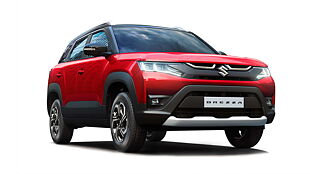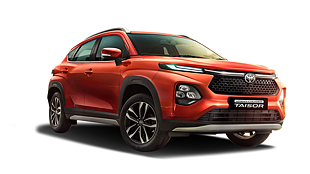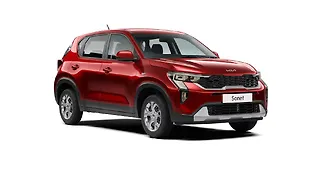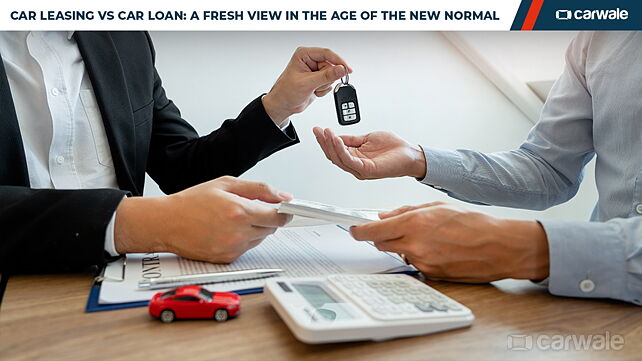
Car buying is a simple process, or at times, a complicated one based on the choices you make, some which benefit us in a large way. With more and more options to cater to the growing needs of the customer, the opportunities are endless. A recent phenomenon or something that has gained popularity is car leasing.
While car leasing was previously limited to a few hours or days in the past, new companies and brands allow us to have these vehicles at our disposal for months and years together. They come with significant cost savings as you don’t end up paying the full price of the vehicle, only the lease amount, which also includes the maintenance of the car. In the first part of this topic, we tell you the difference between a lease and a loan.
What are the main components needed for car leasing and car loan? The former requires monthly rental payment and a good credit score while the latter would require a payment slip from your employer, office ID card, Form 16, bank statement from last six months, KYC documents such as Aadhar card and PAN card, as well as a CIBIL score. A CIBIL score of 700 to 900 is generally considered as a good score.
Car leasing today, is not limited to the likes of Zoomcar or Revv, as automobile manufacturers too have joined the bandwagon. The last few months saw companies such as MG Motor India, Maruti Suzuki, Toyota, and Tata Motors entering the race. How exactly does leasing benefit over a loan? Speaking to CarWale during an interview, Sanjay Gupta, MD at KeyLeasing, gave us some insights.

To begin with, leasing is a lower cost option as the user pays the company only for the asset usage while all other costs such as registration, insurance, maintenance, and others are taken care of. Meanwhile, a loan requires a heavy investment.
Gupta said that car loans also require the customer to pay a down payment, which, based on a few occasions, is a significant amount of the total cost of the car. Leasing, on the other hand, requires minimum to no down payment as you pay a monthly rental for the vehicle you choose.
He further added that vehicular loans also require a collateral, which is usually given by a bank, while leasing takes your credit score as collateral. This also means that the credit score decides what car you can lease.
One of the drawbacks of leasing lies around the fact that there is a fixed range of kilometres per month that customers can use these vehicles for. While this works in favour of those of us who have a fixed running every month, it will prove to be expensive for the others who have a higher running at regular intervals or more

![Kia Sonet [2020-2022] Image Kia Sonet [2020-2022] Image](https://imgd.aeplcdn.com/272x153/n/cw/ec/41523/sonet-exterior-right-front-three-quarter-110.jpeg?q=80)
![Maruti Suzuki S-Presso [2019-2022] Image Maruti Suzuki S-Presso [2019-2022] Image](https://imgd.aeplcdn.com/272x153/n/cw/ec/40726/s-presso-exterior-right-front-three-quarter-171853.jpeg?q=80)










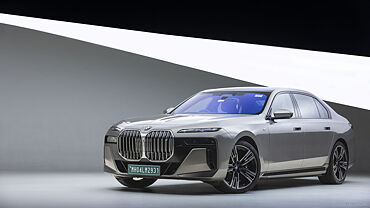

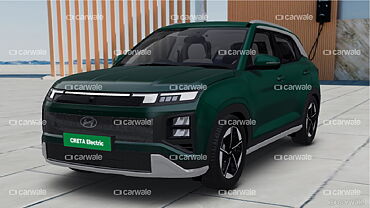
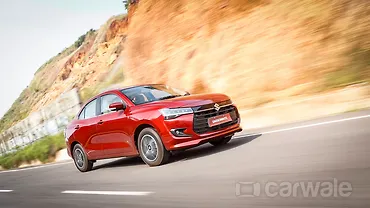
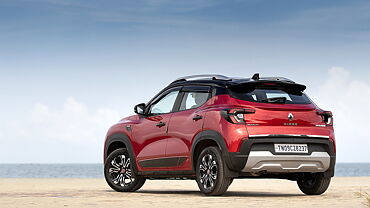
![Kia Sonet [2020-2022] Right Front Three Quarter Kia Sonet [2020-2022] Right Front Three Quarter](https://imgd.aeplcdn.com/199x112/n/cw/ec/41523/sonet-exterior-right-front-three-quarter-110.jpeg?q=80)
![Kia Sonet [2020-2022] Right Front Three Quarter Kia Sonet [2020-2022] Right Front Three Quarter](https://imgd.aeplcdn.com/199x112/n/cw/ec/41523/sonet-exterior-right-front-three-quarter-107.jpeg?q=80)
![Kia Sonet [2020-2022] Right Side View Kia Sonet [2020-2022] Right Side View](https://imgd.aeplcdn.com/199x112/n/cw/ec/41523/sonet-exterior-right-side-view-2.jpeg?q=80)
![Kia Sonet [2020-2022] Dashboard Kia Sonet [2020-2022] Dashboard](https://imgd.aeplcdn.com/199x112/n/cw/ec/41523/sonet-interior-dashboard-2.jpeg?q=80)
![Kia Sonet [2020-2022] Steering Wheel Kia Sonet [2020-2022] Steering Wheel](https://imgd.aeplcdn.com/468x263/n/cw/ec/41523/sonet-interior-steering-wheel-2.jpeg?q=80)







